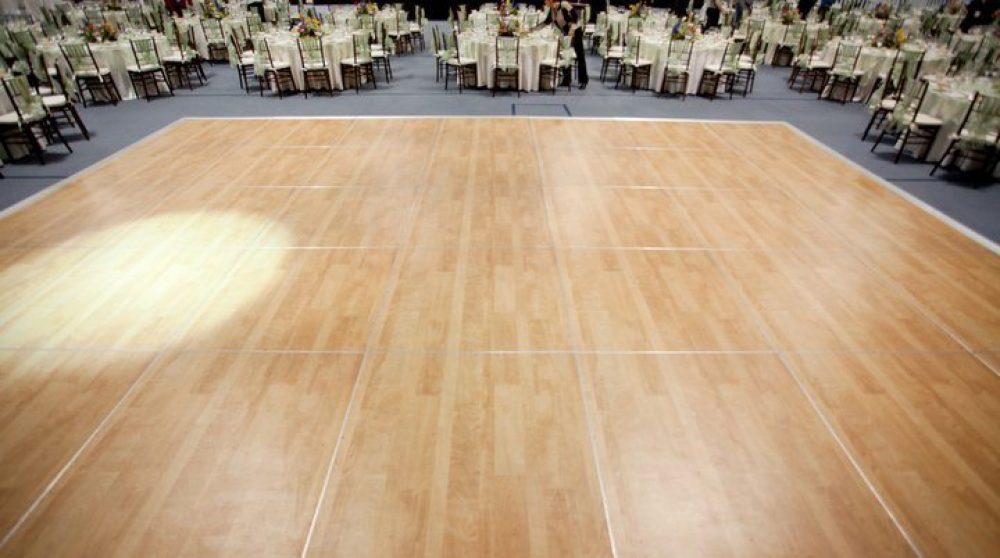Essential Tips for Caring for and Caring for Rented Dance Floors to Guarantee Longevity and Functionality
Essential Tips for Caring for and Caring for Rented Dance Floors to Guarantee Longevity and Functionality
Blog Article
Caring for and caring for rented dance floors is essential to guarantee their longevity and functionality. Dance floors are commonly made from materials like wood, synthetic, or composite, each needing particular care to keep them in optimal condition. Adequate maintenance not only enhance the look of the floor but also guarantees safety for dancers. By adhering to a few key tips, users can extend the life of leased dance surfaces and preserve their functionality for various events.
One of the key crucial aspects of caring for a rented dance surface is routine cleaning. Dust, dirt, and grime can build up on the top, rendering it hazardous and dangerous for dancers. It is advisable to clean or vacuum the floor before and after each use. For deeper cleaning, a damp mop with a suitable cleaning solution can be used, but it is crucial to steer clear of too much water, especially on timber surfaces, as this can cause warping. Using the appropriate cleaning agents is also essential; harsh chemicals can damage the finish and integrity of the floor. Always check with the leasing company for suggested cleaning solutions.
Another important factor in caring for rented dance surfaces is correct installation and setup. Making sure that the surface is laid out correctly can prevent damage during use. It is crucial dance floor vinyl wrap for cultural events to follow the manufacturer's guidelines for setup, which may include using protective underlayment or making certain that the floor is even. If the surface is modular, make that all pieces fit tightly together to prevent tripping hazards. Additionally, using protective coverings during setup can help avoid scratches and dents from gear or furniture.
Temperature and moisture control also play a crucial role in the care of rented dance floors. Wood surfaces, in particular, are sensitive to changes in the surroundings. High humidity can lead to wood to swell, while low moisture can result to cracking. It is recommended to keep the dance area at a stable climate and moisture level. If possible, use humidity control devices or air conditioning to maintain a pleasant environment. This not only protects the surface but also enhances the general experience for performers.
Ultimately, it is essential to educate all participants about the correct use of the dance surface. Dancers should be aware of the kinds of shoes that are suitable for the floor. For example, shoes with rubber soles can create too much friction on certain surfaces, while shoes with rigid soles may damage the surface. Encouraging performers to prepare and cool down correctly can also help prevent accidents and injuries. By fostering a culture of respect and consideration for the rented dance surface, participants can guarantee that it remains in excellent condition for future events.